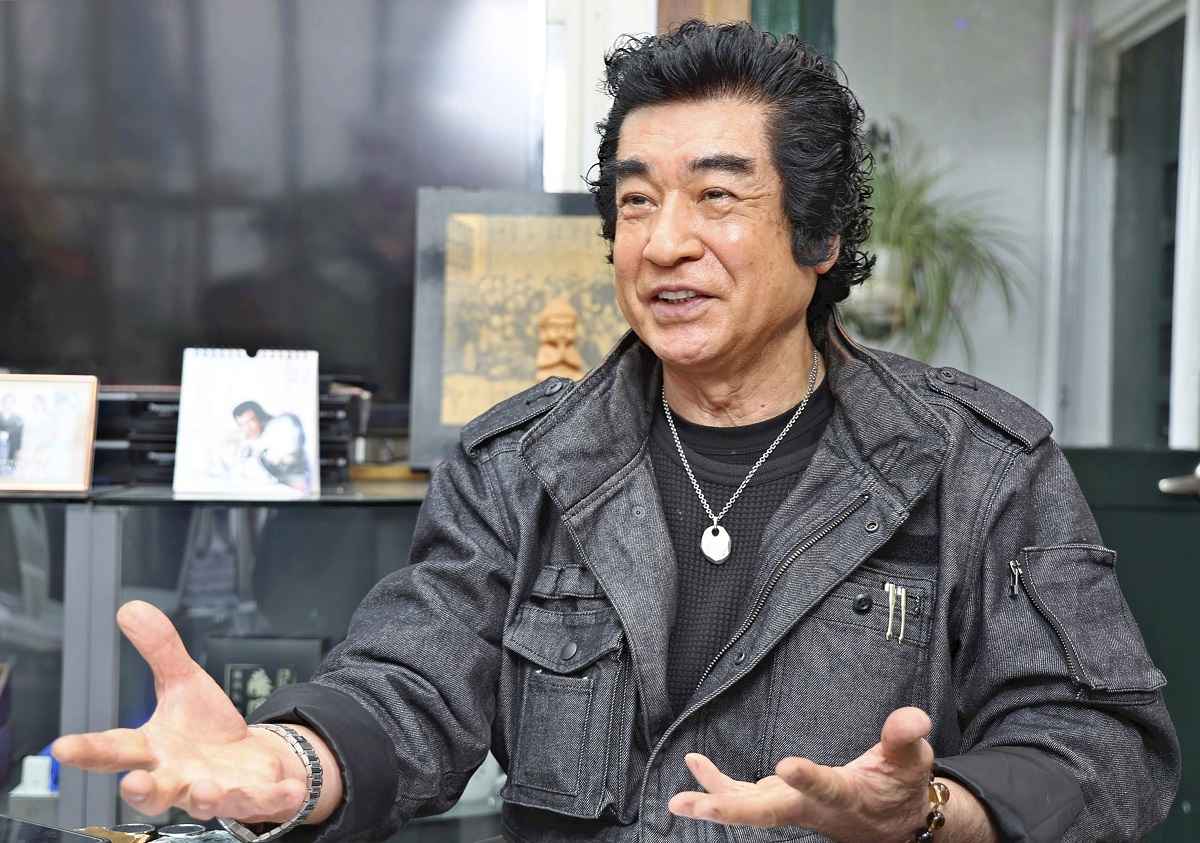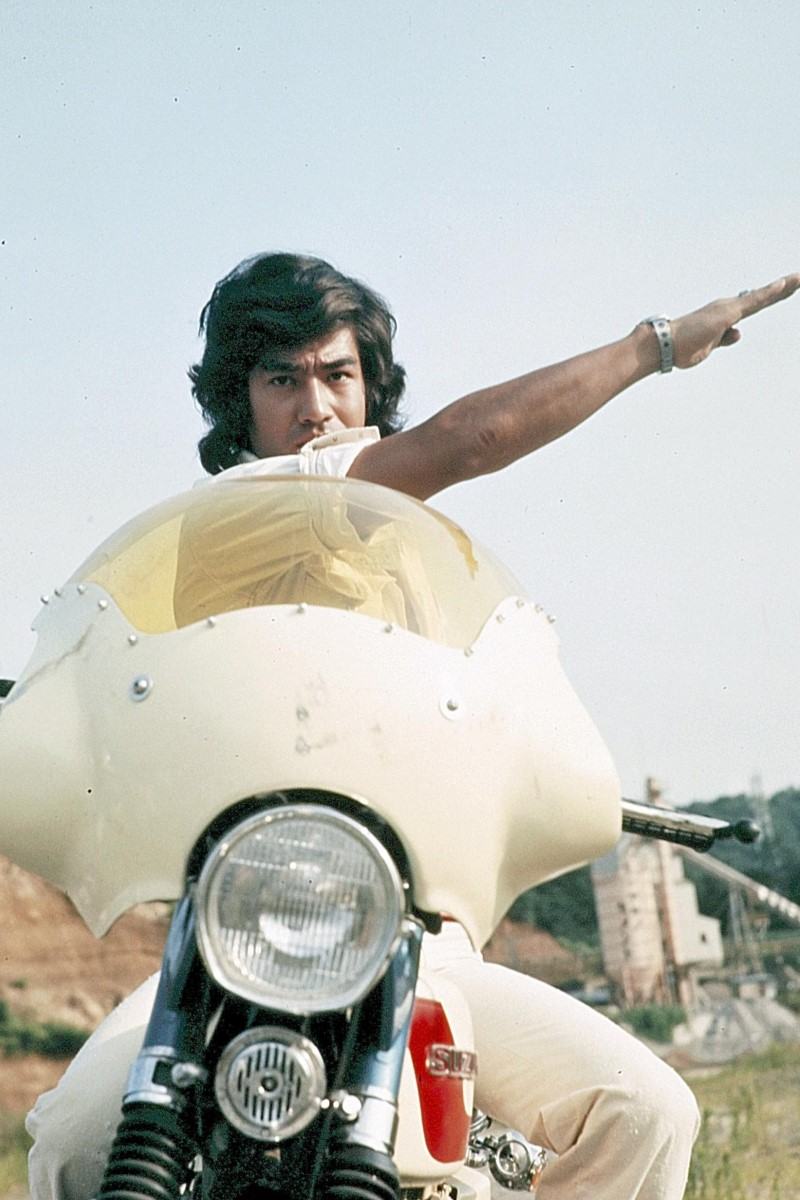ANN/THE YOMIURI SHIMBUN – Hiroshi Fujioka is synonymous with the iconic role of Takeshi Hongo, Kamen Rider No 1, marking a historic milestone in the tokusatsu genre. His portrayal not only captivated Japanese children but also laid the foundation for a franchise spanning over five decades.
Beyond his superhero persona, Fujioka’s career extended to Hollywood films, where he showcased versatility in both serious and comedic roles.
His charm and martial arts prowess, honed since childhood in Ehime Prefecture, continue to underpin a diverse array of activities well into his 78th year.
Fujioka’s journey into acting began humbly in Tokyo, driven by a passion for cinema and nurtured through challenging circumstances.
His breakthrough with Shochiku Co led him to the unexpected opportunity of becoming Kamen Rider, a role that initially baffled him with its masked anonymity but ultimately ignited his curiosity and commitment.
Yasuji Oshima, a prominent tokusatsu photographer, recalls Fujioka’s magnetic presence on set, where his athleticism and commanding presence left a lasting impression.
Despite the challenges of performing in costume, including a severe leg injury early in the series, Fujioka’s dedication and resilience prevailed, earning him admiration from colleagues and fans alike.

Fujioka’s determination reached new heights during a perilous motorcycle stunt on Sakurajima, where he overcame physical and mental obstacles with steely resolve, even amid the constraints of his recovery.
Today, Hiroshi Fujioka stands as not just a cultural icon but a testament to perseverance and passion in the world of entertainment and beyond.
The show’s popularity exploded, thanks in part to sequences in which the two Kamen Riders fought together, and viewer ratings exceeded 30 per cent. Children imitated the transformation pose, and mothers became fascinated with Fujioka. “He was like how South Korean idols are now. We had trouble keeping the screaming moms off the set,” Oshima said nostalgically.
Later, Fujioka appeared in the movie “Nihon Chinbotsu” (Japan sinks), as well as NHK historical dramas and the TV Asahi detective drama “Tokuso Saizensen” (Special investigation frontline).
In 1984, he went to the United States and auditioned as his own for the Hollywood movie “Ghost Warrior.” He demonstrated the art of sword fighting with a real sword and won the lead role.
After returning to Japan, however, financial troubles and poor health prevented him from performing for nearly 10 years.
In 1997, when he was at rock bottom, he received an offer to appear in TV commercials for the Sega Saturn video game console.
He would play the mascot character “Segata Sanshiro,” a parody of the judo fighter protagonist of a classic novel “Sugata Sanshiro.”
“The only hero with the overwhelming power to get to the bottom of things was Kamen Rider, that is, Mr Fujioka, who follows the bushido way of life,” said Koji Ando, 56, of Hakuhodo Inc., who planned the TV commercials.
During filming, he jumped through fire, ran on ice barefoot and broke a stack of roof tiles with his head.
In a scene where he repeatedly strikes a giant game controller, his knuckles became covered in blood. The commercials, which conveyed Fujioka’s seriousness, attracted attention, and a total of 19 were made.

His popularity resurged, and in 2002 he began appearing in “Fujioka Hiroshi, Tankentai” (Hiroshi Fujioka’s exploration party), a variety show series. In each episode, he would spend a month or more in a location such as the Amazon or the Guyana highlands, where he would take on various adventures.
His philanthropic activities began when he started visiting children’s homes while he was starring in Kamen Rider.
He has travelled to disaster-stricken areas in Japan, post-civil-war Cambodia, famine- and epidemic-ravaged Sudan and Ghana and other danger zones to deliver relief supplies to refugee camps and hospitals.
While travelling around the world, he continued to regret that he did not move his base to Hollywood after starring in “Ghost Warrior.” His four children, who have also entered the entertainment industry, seem to be aware of their father’s feelings.
“They often tell me they want to make a movie in Hollywood with me as the lead,” he said.
Fujioka-style kobudo, which his father taught him as a child, is a comprehensive martial art.
It has served as the foundation for many skills he has learned, including judo; karate; battodo and todo, martial arts using swords; kodachi goshindo, a martial art for self-defence; and iaido, a technique for drawing a sword, under various masters while training to be an actor. He also excels in horsemanship as well as spear and star throwing.
Masaaki Hatsumi, 92, headmaster of the Bujinkan Dojo, has known Fujioka for more than 50 years, ever since he was playing Kamen Rider.
“I feel his natural strength in the way he moves. His movements when slashing a real sword are graceful, and the way he throws shuriken stars is also beautiful,” he said.
Fujioka’s martial arts experience has served him well in his many appearances in NHK historical dramas, where he has played samurai and warlords in such dramas as “Katsu Kaishu,” “Kasuga no Tsubone” and “Dosuru Ieyasu” (What will you do, Ieyasu?).
He often gives volunteer performances in Japan and abroad, slicing rolls of straw with a stroke of a real sword.
He never makes a mistake. “At this point, the sword is just part of my hand. I don’t feel out of the ordinary at all [when I’m using it],” Fujioka said.





